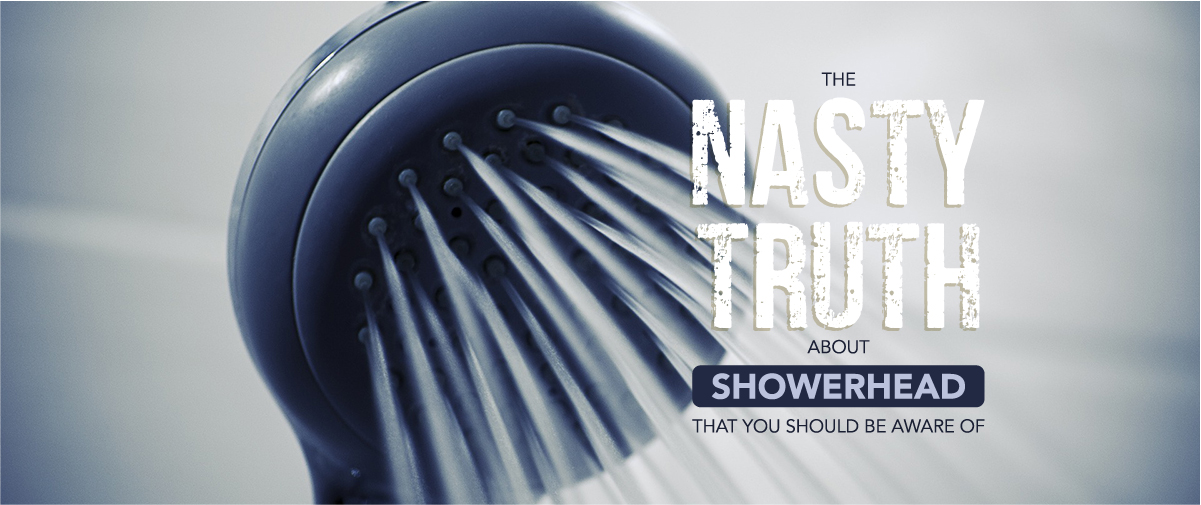Posted by Anne Joyce Raymundo on Nov 21st 2018
The Nasty Truth About Showerhead that You should be Aware Of

Taking a shower means taking away all the dirt and germs in our bodies. However, according to researchers, your showerhead may be depositing you with some harmful bacteria instead which may lead to lung infections.
Most of us are aware of how to keep our bathrooms squeaky clean, paying much attention to our sink and toilet. But researchers found that the showerheads in a lot of places in the United States and Europe where bacterial lung infections are prevalent are abundant in germs called mycobacteria. In the US, this includes some areas in New York, Florida, and Southern California.
Matthew Gebert, the lead study author and a research associate at the University of Colorado's Cooperative Institute for Research in Environmental Sciences said that "We live in a world covered in bacteria, and the bacteria in our showerheads follow some interesting geographic trends and can be altered by our water source and water chemistry."
He further explained that "We're exposed to microbes constantly in our day-to-day lives, some beneficial, some innocuous and a few potentially harmful."
Damp Conditions
Bacteria grow in damp environments such as our showerhead and distribution system. According to Gebert, we don't have to worry about most of these bacteria, but there are still a few that can cause lung infection.
He also added that just because our showerhead is a breeding ground for mycobacteria, it doesn't mean that we are prone to respiratory diseases or other types of sickness.
An individual with lung infection can, in fact, go through showering, according to researchers. The key here is understanding where we may be exposed to mycobacterial, as well as its resources.
Furthermore, Gerbert said, "We don't want people rushing home and throwing away their showerheads or obsessively cleaning them every day, nor should anyone change their showering habits – swallowing the water is ok."
The Wealth of Bacteria
The study, which was published in the journal mBio recently, was conducted by Gebert and his associates by analyzing the showerheads from homes across the United States and Europe, in which they found an abundance of bacteria. Depending on factors like water chemistry and where it came from, germs vary by location.
What's interesting here is that they found that there is a high concentration of germs in homes where water was treated with chlorine.
"I don't think there are necessarily any negative implications from the study," Gebert said. "But because bacteria that can cause illness lives in our showerhead, it's important to understand how people can be exposed to them."
Dr. Marc Siegel, a professor of medicine at NYU Langone Medical Center in New York City, also added that bacteria develop in wet or damp areas like showerheads.
"This is a reminder to clean your showerhead, which nobody does," he said, though "most of us are likely to tolerate mycobacteria and not get sick from it."
Dr. Sigel also recommended that although showerhead bacteria will not provoke an outbreak in lung infections, individuals who have a low immune system, run down or have chronic illnesses may be unsafe to it. Moreover, our sink, toothbrush, and any surfaces that are moist are also a breeding ground for these bacteria.
He recommends that the safest way to avoid the development of these germs is by cleaning our showerhead at least once every two weeks using a disinfectant with ammonia to ensure germs thriving there are killed.
He also said that it is essential to add the showerhead in our bathroom cleaning list.

